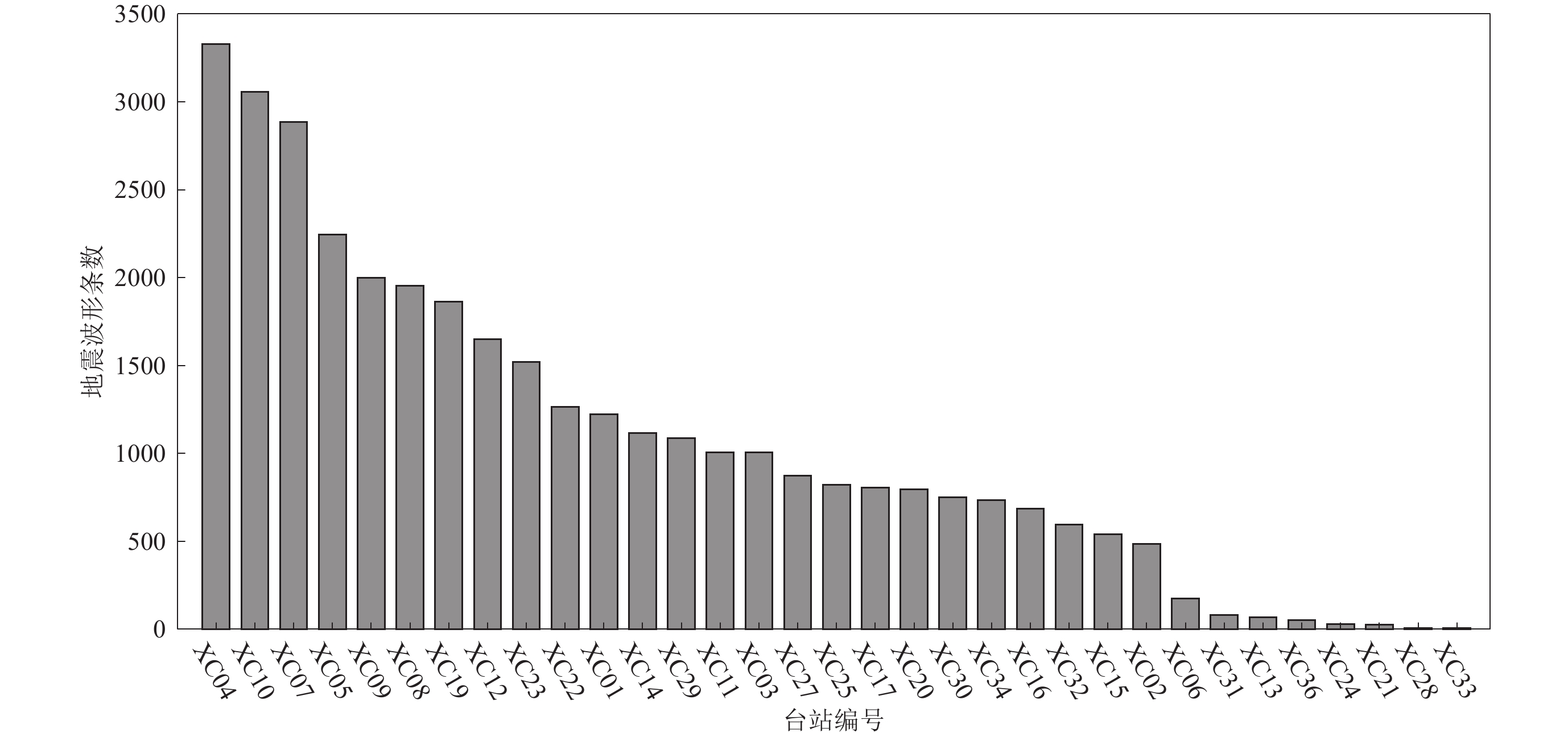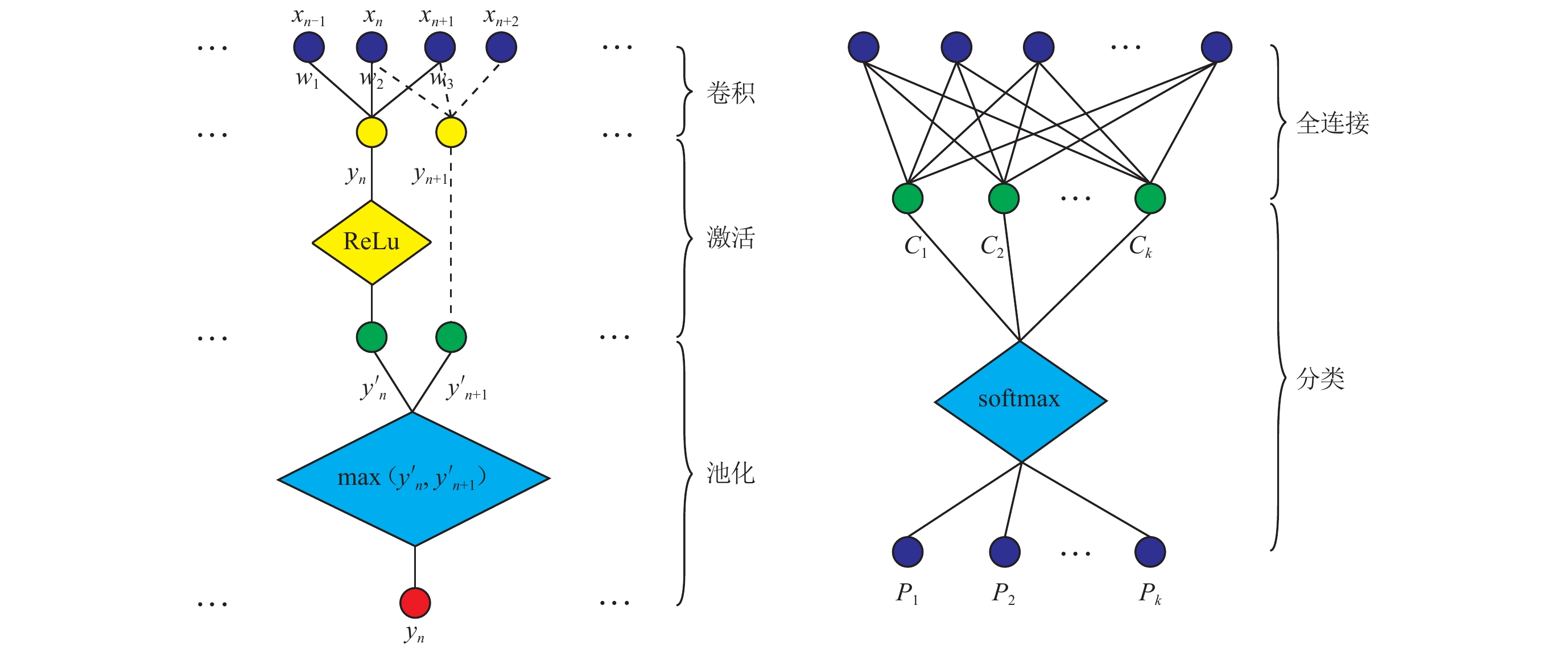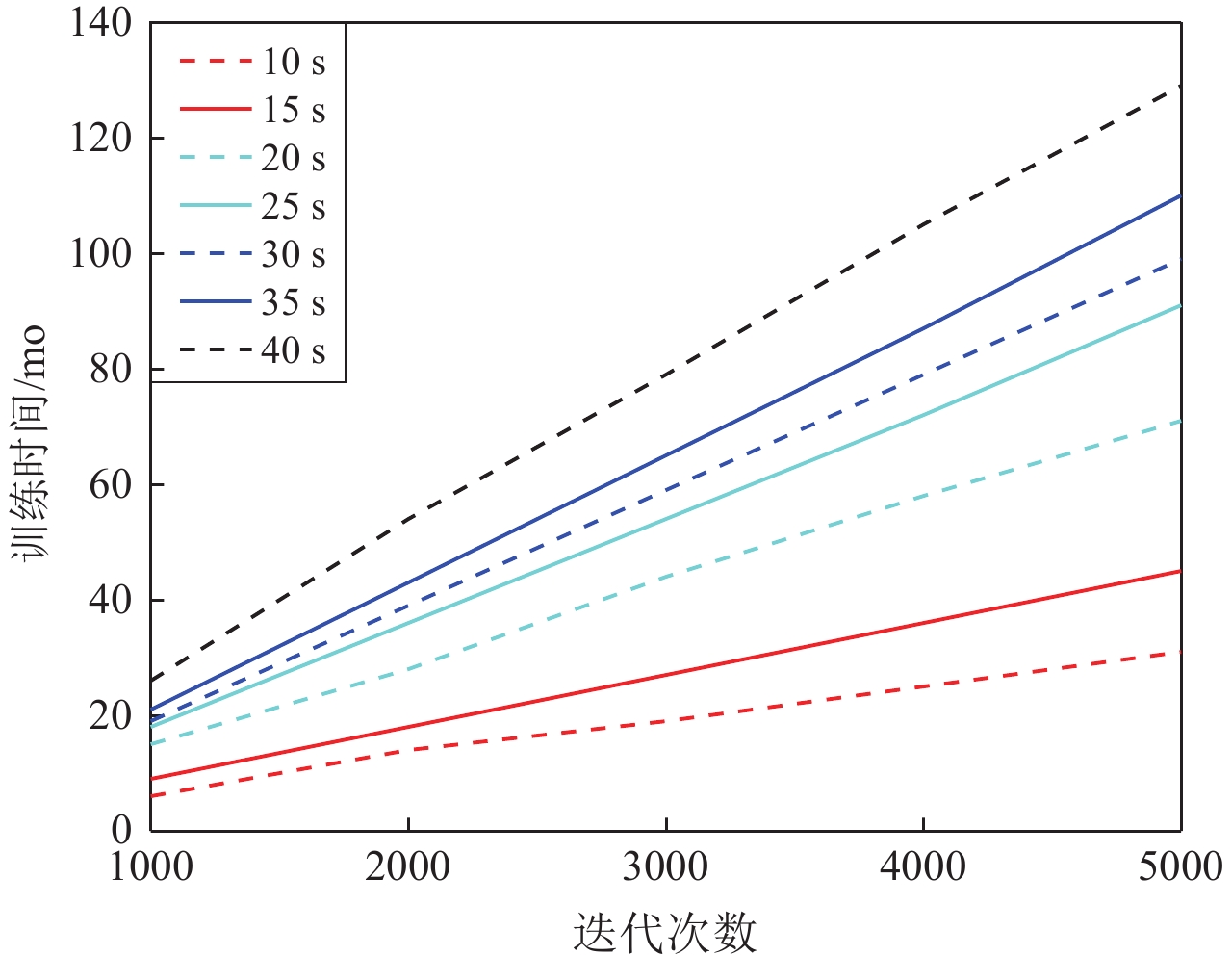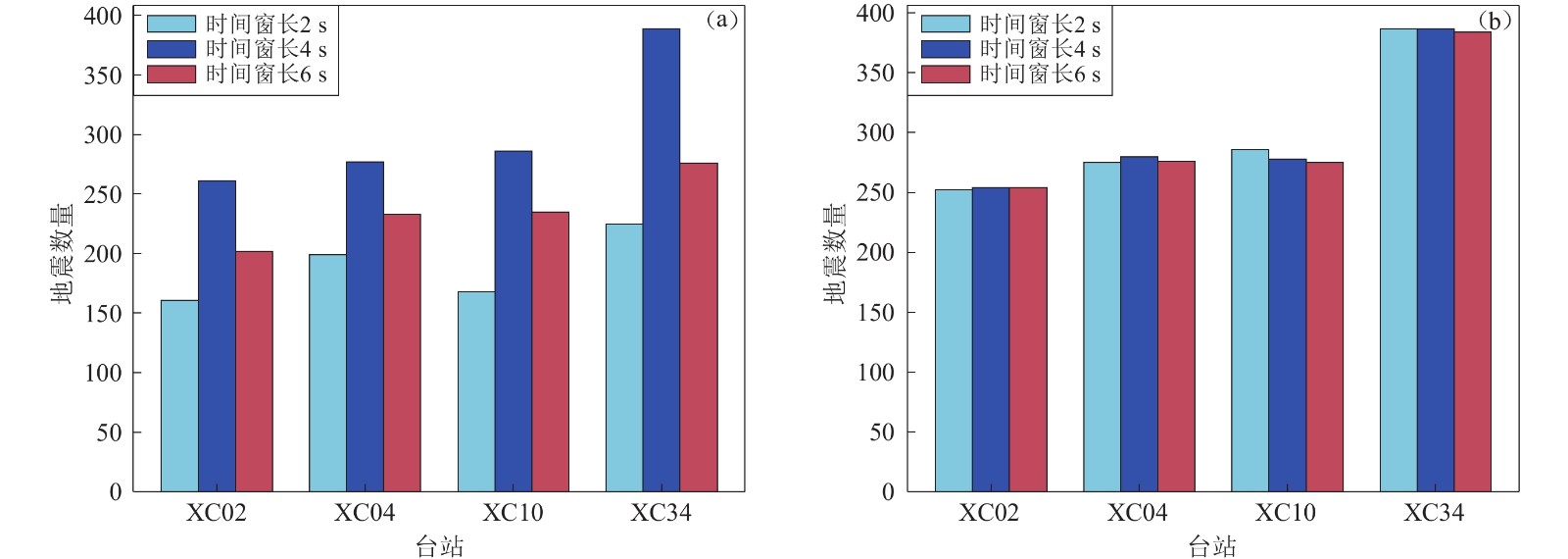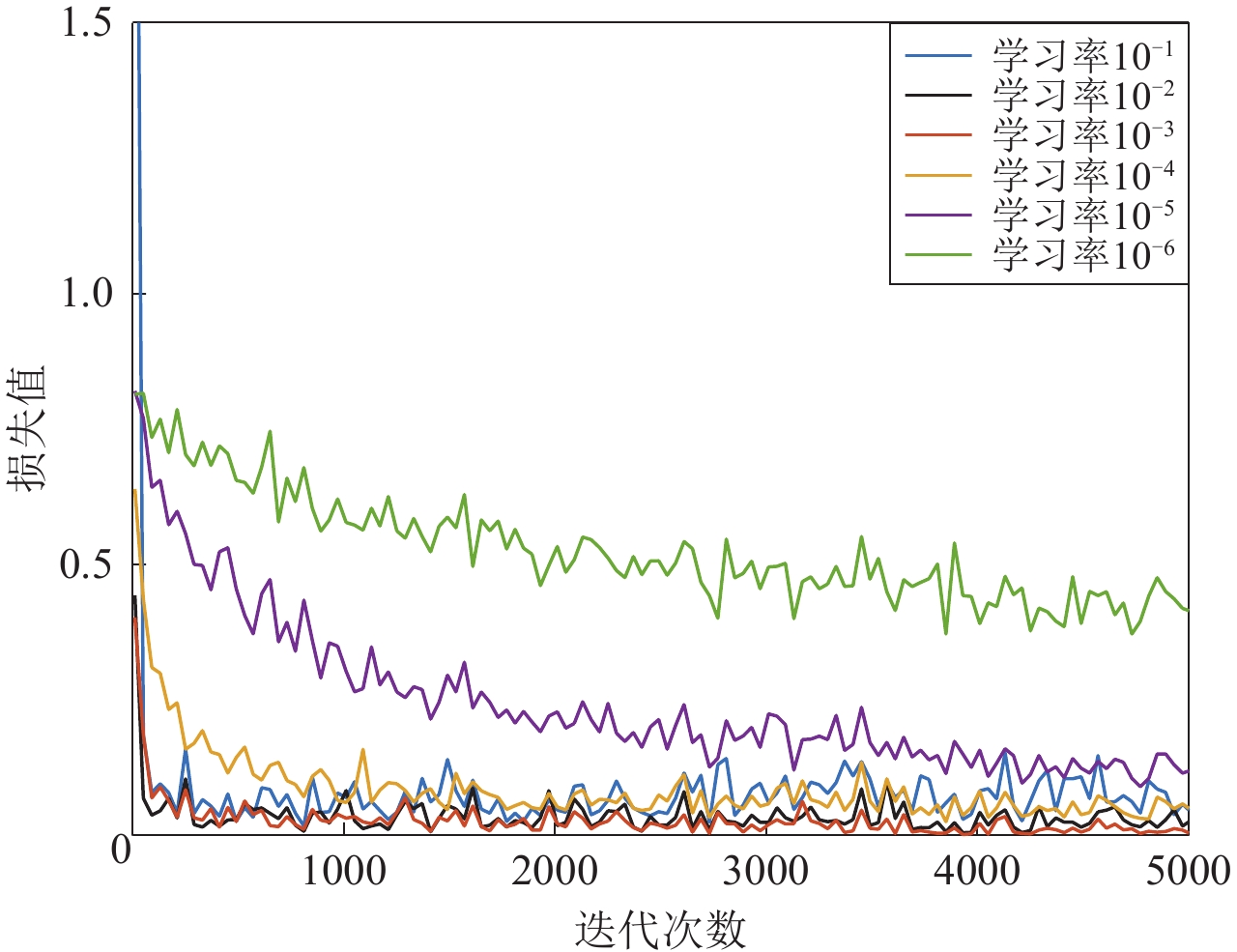Earthquake detection using convolutional neural network and its optimization
-
摘要: 本文以西昌台阵观测的8 321次近震数据为例,详细介绍了利用深度卷积神经网络检测地震的数据处理流程,包括数据预处理、模型训练、波形长度、网络层数、学习率和概率阈值等关键参数对检测结果的影响,并将训练得到的最优模型,应用于事件波形和连续波形的检测。研究表明,数据预处理和数据增强可以提升模型的检测精度和抗干扰能力。用于模型训练的波形窗口长度可近似于S-P到时差的最大值。不同网络层数(5—8层)的检测结果差别不大。对于地震检测,学习率设为10−4—10−3较为合适。卷积神经网络检测出的地震数量与选择的概率阈值有关,通过绘制精确率-召回率变化曲线,可以为选择合适的概率阈值提供参考。本文为进一步利用深度学习算法提高地震检测效果提供了参考。Abstract: Earthquake detection is the key step of automatic processing such as earthquake quick report and earthquake early warning. In recent years, the use of deep learning algorithm to detect earthquakes has developed rapidly. However, there are few detailed researches on data processing flow and neural network parameter optimization. Taking 8 321 near earthquake data observed by Xichang array as an example, this paper introduces in detail the data processing flow of detecting earthquakes by using the deep convolution neural network, such as data preprocessing, model training, waveform length, network layers, learning rate and probability threshold on the detection results. Then we detect the continuous waveform with the optimal model. Our research shows that data preprocessing, data augmentation can improve the detection accuracy and anti-interference ability of the model. The length of waveform window used for model training can be approximated to the maximum value from arrival time difference between S- and P- wave. The detection results of different network layers (5—8 layers) are similar. For seismic detection, it is more appropriate to set the learning rate as 10−4—10−3. The earthquakes detected by convolution neural network are related to the probability threshold. By drawing the tradeoff curve of precision with recall rate, it can provide a reference for selecting the appropriate probability threshold. This paper provides an important reference for further study of earthquake detection with deep learning algorithm.
-
Keywords:
- deep learning /
- convolutional neural network /
- earthquake detection /
- model training /
- Xichang array
-
-
图 13 CNN检测出的一个近震波形
地震发震时刻为2018年4月28日23时2分43.8秒;震中位置为 (101.846°E,29.251°N);震级为ML1.5. 图中仅显示了垂直分量;红线是人工拾取的P波到时;虚线框是检测到的地震窗口
Figure 13. Waveforms of a local earthquake detected with CNN
Occurrence time:23:02:43.8 on April 28,2018;epicenter location:101.846°E,29.251°N;ML1.5. Only vertical component is shown in the figure. The red line is the manually picked P wave arrivals. The dotted box is the detected earthquake window
表 1 利用不同规模训练集训练得到的CNN模型检测结果对比
Table 1 Comparison of CNN model detection results from different training sets
编号 训练集
地震次数训练集地震
波形条数检测出的地震
波形条数检测出的噪声
波形条数准确率 召回率 精确率 F1 1 1 334 6 595 2 882 2 937 97.02% 96.10% 97.89% 96.99% 2 1 334×3 19 785 2 924 2 936 97.70% 97.50% 97.89% 97.69% 3 1334×6 39 570 2 925 2 938 97.75% 97.53% 97.96% 97.75% 4 3 422 17 465 2 910 2 957 97.82% 97.03% 98.58% 97.79% 5 6 790 34 671 2 929 2 957 98.13% 97.67% 98.59% 98.13% 6 6 790×5 173 355 2 938 2 972 98.53% 97.97% 99.09% 98.53% 注:×号表示数据增强的倍数。测试集中的地震波形条数和噪声波形条数均为2 999条。 表 2 采用不同窗长的训练集训练得到的CNN模型检测结果对比
Table 2 Comparison of CNN model detection results by training sets with different window lengths
窗口长度/s 检测出的地震
波形条数检测出的噪声
波形条数准确率 召回率 精确率 F1 10 2 904 2 950 97.60% 96.83% 98.34% 97.58% 15 2 929 2 957 98.13% 97.67% 98.57% 98.12% 20 2 920 2 944 97.77% 97.37% 98.15% 97.76% 25 2 904 2 948 97.57% 96.83% 98.27% 97.54% 30 2 900 2 944 97.43% 96.70% 98.14% 97.41% 35 2 895 2 959 97.60% 96.53% 98.64% 97.57% 40 2 904 2 954 97.67% 96.83% 98.47% 97.64% 表 3 不同网络层数的检测结果对比
Table 3 Comparison of detection results with different network layers
层数 检测出的地震
波形条数检测出的噪声
波形条数准确率 召回率 精确率 F1 5 2 916 2 963 98.02% 97.23% 98.80% 98.01% 6 2 946 2 933 98.02% 98.23% 97.81% 98.02% 7 2 941 2 952 98.25% 98.07% 98.43% 98.25% 8 2 941 2 939 98.03% 98.07% 98.00% 98.03% 9 2 912 2 982 98.27% 97.10% 99.42% 98.25% -
蒋策,吴建平,房立华. 2018. 地震检测与震相自动拾取研究[J]. 地震学报,40(1):45–57. doi: 10.11939/jass.20170093 Jiang C,Wu J P,Fang L H. 2018. Earthquake detection and automatic phase picking[J]. Acta Seismologica Sinica,40(1):45–57 (in Chinese).
刘芳,蒋一然,宁杰远,张建中,赵艳红. 2020. 结合台阵策略的震相拾取深度学习方法[J]. 科学通报,65(11):1016–1026. Liu F,Jiang Y R,Ning J Y,Sun J Z,Zhao Y H. 2020. An array-assisted deep learning approach to seismic phase-picking[J]. Chinese Science Bulletin,65(11):1016–1026 (in Chinese).
李安. 2019. 基于深度学习的地震事件与震相自动识别[D]. 北京: 中国地震局地球物理研究所: 40–41. Li A. 2019. Automatic Recognition of Seismic Events and Phase Picking Based on Deep Learning[D]. Beijing: Institute of Geophysics, China Earthquake Administration: 40–41 (in Chinese).
杨旭,李永华,苏伟,孙莲. 2019. 基于优化参数的地震P、S波震相到时自动拾取及质量评估[J]. 地球物理学报,62(11):4290–4299. doi: 10.6038/cjg2019M0059 Yang X,Li Y H,Su W,Sun L. 2019. Optimized automatic pickers and quality assessment:Application to identification of local and regional P and S wave phases[J]. Chinese Journal of Geophysics,62(11):4290–4299 (in Chinese).
于子叶,储日升,盛敏汉. 2018. 深度神经网络拾取地震P和S波到时[J]. 地球物理学报,61(12):151–164. Yu Z Y,Chu R S,Sheng M H. 2018. Pick onset time of P and S phase by deep neural network[J]. Chinese Journal of Geophysics,61(12):4873–4886 (in Chinese).
赵明,陈石,房立华,David A Y. 2019. 基于U形卷积神经网络的震相识别与到时拾取方法研究[J]. 地球物理学报,62(8):3034–3042. Zhao M,Chen S,Fang L H,David A Y. 2019b. Earthquake phase arrival auto-picking based on U-shaped convolutional neural network[J]. Chinese Journal of Geophysics,62(8):3034–3042 (in Chinese).
Allen R V. 1978. Automatic earthquake recognition and timing from single traces[J]. Bull Seismol Soc Am,68(5):1521–1532.
Baer M,Kradolfer U. 1987. An Automatic phase picker for local and teleseismic events[J]. Bull Seismol Soc Am,77(4):1437–1445.
Baillard C,Crawford W C,Ballu V,Hibert C,Mangeney A. 2014. An automatic kurtosis- based P- and S- phase picker designed for local seismic networks[J]. Bull Seismol Soc Am,104(1):394–409.
Dokht R M H,Kao H,Visser R,Smith B. 2019. Seismic event and phase detection using time–frequency representation and convolutional neural networks[J]. Seismol Res Lett,90(2A):481–490.
Earle P S,Shearer P M. 1994. Characterization of global seismograms using an automatic-picking algorithm[J]. Bull Seismol Soc Am,84(2):366–376.
Gibbons S J,Ringdal F. 2006. The detection of low magnitude seismic events using array-based waveform correlation[J]. Geophys J Int,165(1):149–166.
Haykin, Simon S. 2010. Neural Networks and Learning Machines[M]. Third Edition. Prentice Hall: Pearson Education India: 146–147.
Hensman P, Masko D. 2015. The Impact of Imbalanced Training Data for Convolutional Neural Networks[M]. Sweden: KTH Royal Institute of Technology: 1–28.
Kingma, Diederik P, Jimmy Ba. 2015. Adam: A method for stochastic optimization[EB/OL] [2020–12–17]. https://arxiv.org/abs/1412.6980.
Kriegerowski M,Petersen G M,Vasyura-Bathke H,Ohrnberger M. 2018. A deep convolutional neural network for localization of clustered earthquakes based on multistation full waveforms[J]. Seismol Res Lett,90(2A):510–516.
Krizhevsky A, Sutskever I, Hinton G E. 2012. Imagenet classification with deep convolutional neural networks[C]//Advances in Neural Information Processing Systems. Tahoe: NV: 1097–1105.
Mousavi S M,Zhu W Q,Sheng Y X,Beroza G C. 2019. CRED:A deep residual network of convolutional and recurrent units for earthquake signal detection[J]. Scientific Reports,9(1):1–14.
Nair V, Hinton G E. 2010. Rectified linear units improve restricted boltzmann machines[C]//Proceedings of the 27th International Conf. on Machine Learning ICML-10. Haifa: Israel: 807–814.
Ng A Y. 2004. Feature selection, L1 vs L2 regularization, and rotational invariance[C]//Proceedings of the Twenty-First International Conference on Machine Learning. Banff: 78.
Peng Z G,Zhao P. 2009. Migration of early aftershocks following the 2004 Parkfield earthquake[J]. Nat Geosci,2(12):877–881.
Powers,David M W. 2011. Evaluation:From precision,recall and F-measure to roc,informedness,markedness and correlation[J]. J Mach Learning Techn,2(1):37–63.
Perol T,Gharbi M,Denolle M. 2018. Convolutional neural network for earthquake detection and location[J]. Sci Adv,4(2):e1700578.
Ross Z E,Meier M A,Hauksson E,Heaton T H. 2018a. Generalized seismic phase detection with deep learning[J]. Bull Seismol Soc Am,108(5A):2894–2901.
Ross Z E,Meier M A,Hauksson E. 2018b. P wave arrival picking and first-motion polarity determination with deep learning[J]. J Geophys Res,123(6):5120–5129.
Saragiotis C D,Hadjileontiadis L J,Panas S M. 2002. PAI-S/K:A robust automatic seismic P phase arrival identification scheme[J]. IEEE T Geosci Remote,40(6):1395–1404.
Sleeman R,van Eck T V. 1999. Robust automatic P-phase picking:An on-line implementation in the analysis of broadband seismogram recordings[J]. Phys Earth Planet In,113(1-4):0–275.
Wang J,Xiao Z W,Liu C,Zhao D P,Yao Z X. 2019. Deep learning for picking seismic arrival times[J]. J Geophys Res,124(7):6612–6624.
Wilson D R,Martinez T R. 2003. The general inefficiency of batch training for gradient descent learning[J]. Neural Netw,16:1429–1451.
Yoon C E,O’Reilly O,Bergen K J. 2015. Earthquake detection through computationally efficient similarity search[J]. Sci Adv,1(11):e1501057.
Zhou Y J,Yue H,Kong Q K,Zhou S Y. 2019. Hybrid event detection and phase-picking algorithm using convolutional andrecurrent neural networks[J]. Seismol Res Lett,90(3):1079–1087.
Zhu W Q,Beroza G C. 2018. PhaseNet:A deep-neural-network-based seismic arrival-time picking method[J]. Geophys J Int,216(1):261–273.





 下载:
下载:
